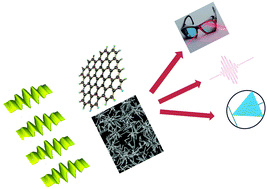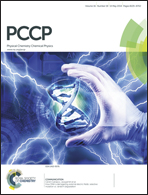The role of defects in the nonlinear optical absorption behavior of carbon and ZnO nanostructures
Abstract
In bulk materials, defects are usually considered to be unwanted since deviations from perfect lattices may degrade device performance. Interestingly, the presence of defects throws open new possibilities in the case of nanostructures due to the properties related to their limited size scale. Defects and disorders which alter the electronic structure of nanostructures can significantly influence their electronic, magnetic and nonlinear optical properties. Here, we show that defect engineering is an effective strategy for tailoring the nonlinear optical (NLO) properties of carbon and ZnO nanostructures. The effects of surface states, lattice disorders, polycrystalline interfaces and heterogeneous dopants on the nonlinear absorption behaviour of these nanostructures are discussed in detail. Realistic tunable NLO features achieved by controlling such defects enhance the scope of these nanostructures in device applications such as optical limiting, optical switching, pulse shaping, pulse compression and optical diode action.

- This article is part of the themed collection: Bunsentagung 2014: ‘Physical Chemistry of Nanoparticles’

 Please wait while we load your content...
Please wait while we load your content...